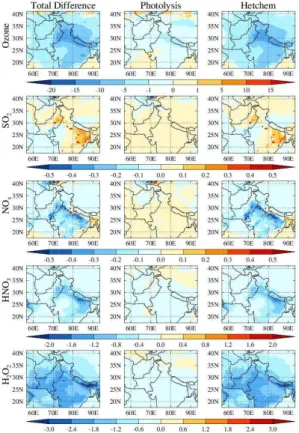Effects of dust aerosols on tropospheric chemistry during a typical pre-monsoon season dust storm in northern India
Texto
Imagem




Documentos relacionados
The probability of attending school four our group of interest in this region increased by 6.5 percentage points after the expansion of the Bolsa Família program in 2007 and
Riddley - Notes on the botany of Fernando Noronha.. Desmidiaeeae "in" Symbolae
gional distribution of dust aerosols and their impact on the radiation and surface energy budget during a typical pre-monsoon dust storm by applying the Weather Research and
We also determined the critical strain rate (CSR), understood as the tangent of the inclination angle between the tangent to the crack development curve and the crack development
Measurements of aerosol chemical composition and aerosol optical depth in the Nepal Himalaya have clearly shown the build up of aerosols in the pre-monsoon season during the winter
Because of the increas- ing the speed of the decomposition of the anhydrite, together with the growth of the temperature of casting the bronze to the plaster mould, the gases
An index of El Ni ˜no Southern Oscillation (ENSO) in the Pacific during pre monsoon is shown to account for a significant part of the variability of coastal Sea Surface Temper-
The two points considered at the alternate sides, of the tangents through the diameter of the circle, and then the line joining these points divides the circle





